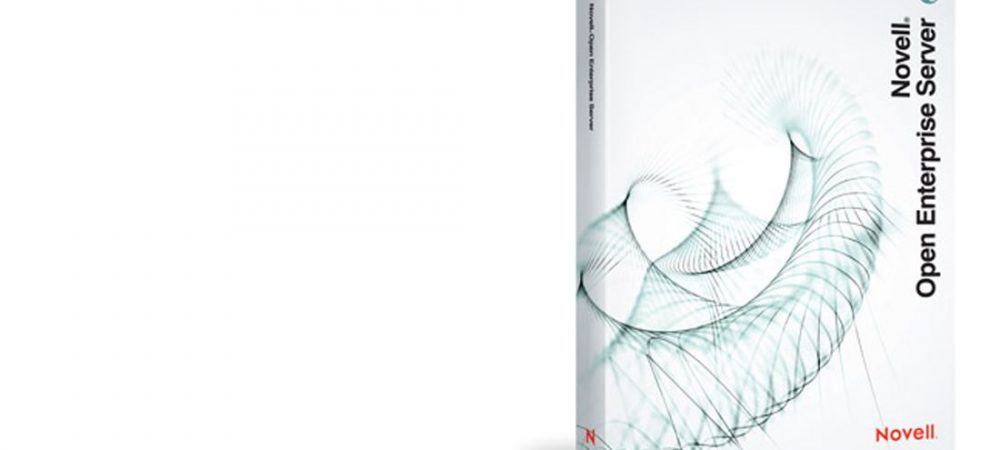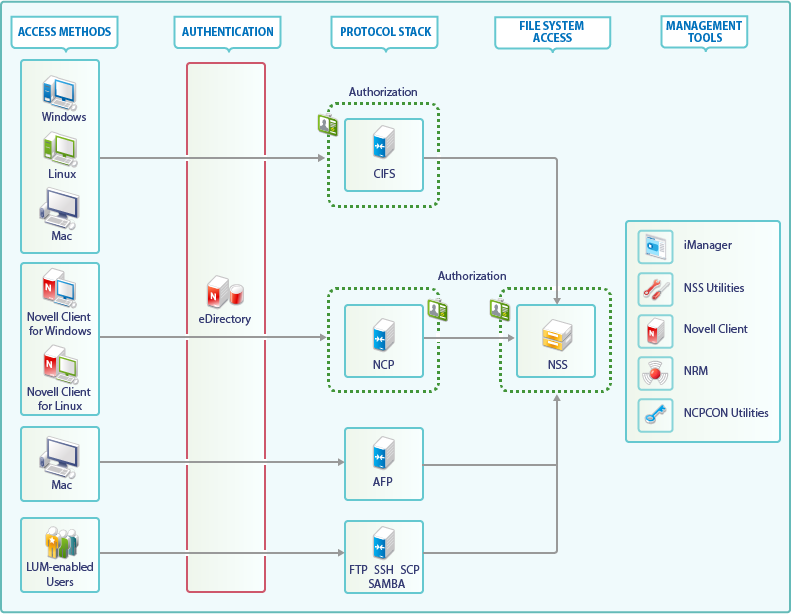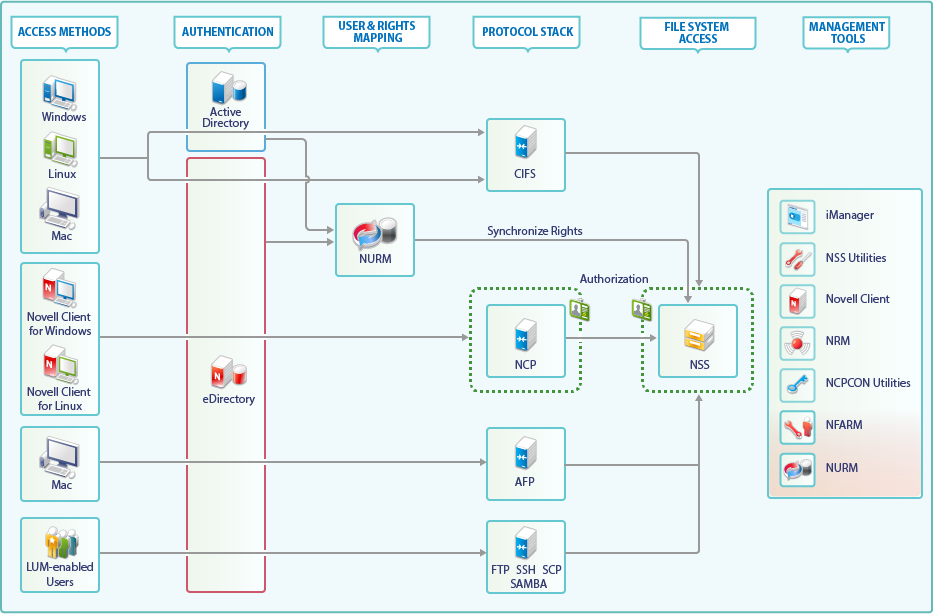Netflex Blog

With the release of Open Enterprise Server 2015 by Micro Focus (formerly Novell inc), Micro Focus is giving customers more choice and flexibility through support for AD and increased storage capabilities.
What’s new in Open Enterprise Server 2015?
- Archive and versioning services has been discontinued in OES 2015.
- AD users and groups can natively access the Novell Storage System (NSS) file system through CIFS
- Support for pools up to 8 exabyte (was 8TB)
- New media format for NSS
- Installs printers using any browser on windows (iPrint)
- Direct printing and accounting support
- Windows 10 support
- etc.
AD Integration
Open Enterprise Server 2015 enables logins from AD users straight onto the Open Enterprise Server without the need of IDM or any means of synchronization. This means that users can work without using a Novell Client.
With NSS-AD integration in Open Enterprise Server 2015 access to the server is faster than ever. OES 2015 is based on SLES11, this is because changing the base from SLES11 to SLES12 would mean a lot of changes. Support for SLES12 will be available in OESNext (after SP1)
NSS Access until OES11 SP2:
In the traditional OES file access model, Windows and Linux workstations use the CIFS protocol for file access. Novell Client software for both Windows and Linux uses the NetWare Core Protocol (NCP) to provide file services. Macintosh workstations communicate using AFP or CIFS. To access NSS resources using FTP, Samba, SSH, and SCP, users must be LUM-enabled.
NSS Access with OES 2015:
File Access
With OES 2015, Active Directory users can authenticate to Active Directory and natively access NSS resources using only the CIFS protocol. NSS file access for Active Directory users using NCP, FTP, AFP, and Samba is not supported.
There is no change in the way how file access happens for eDirectory users.
Authentication
With OES 2015 both eDirectory and Active Directory are supported as an authentication source. For an Active Directory user authentication is controlled by the Active Directory using kerberos. For an eDirectory user authentication is still controlled by eDirectory.
The Authorization for both authentication-methods still happens at the NSS level.
Tools
MicroFocus has developed some tools for managing the network:
Rights Management
- For AD: NFARM, Rights utility
- For eDir: iManager, Rights utility, Novell Client, NCPCON
- For OES 2015 SP1 Micro Focus will release a salvage agent for Windows
With the NFARM Windows Explorer extension AD users can administer NSS resources on OES using Windows explorer. Just as they would with NTFS resources on Windows servers.
User management
- For AD: MMC
- For eDirectory: iManager
Storage Management
For storage management the same tools as OES 11 are available: iManager, NRM (for DST policies, Shadow volumes etc), NSSMU and NLVM.
Other tools
NURM (Novell User Rights Management) this tool creates and saves the mappings of eDirectory and ActiveDirectory users to the NSS filesystem.
NIT (Novell Identity Translator) This tool makes sure that eDirectory and Active Directory users are allowed to access NSS resources natively.
More
For more information about the NSS Active Directory Integration, see this youtube video:
Large storage and NSS AD support:


Leave a Comment